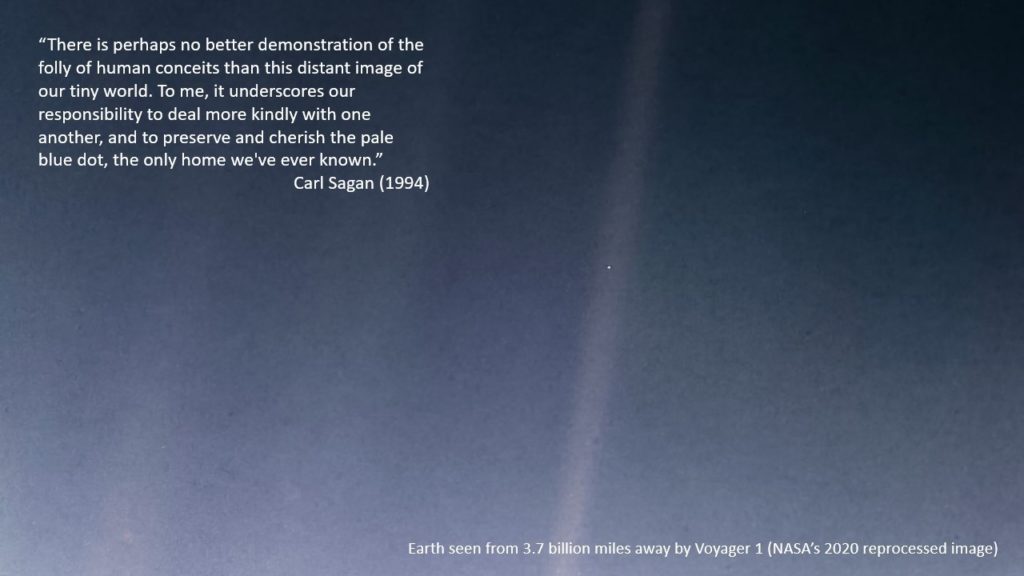Blog by workshop convenor, Dr Raphaëlle Haywood
The GSI Workshop: Exploring synergies between Earth sciences and astronomy took place on 18 February 2022, bringing together around 40 academics from a wide range of disciplines, both in person and online. Prof. Tim Lenton talked about Exo-Earth system science at Exeter. He emphasized that we need to get the message out that planets beyond the solar system are being discovered. Tim discussed what life might look like on exoplanets and our prospects for detecting it. Simple life emerged on Earth as soon as conditions were favourable, so we can expect it to have evolved on many other planets. Tim argued that “life is not a passive actor set on a stage”; it completely transforms its planet, so we should be able to detect biosignatures on exoplanets in coming decades (notably with upcoming direct-imaging missions). On the other hand, complex life, including ourselves, results from some very difficult and improbable transformations, so it is unlikely to exist elsewhere.

Dr Arwen Nicholson talked about Biosignatures independent of population dynamics. Arwen has created a simple model based on an Archean Earth-like planet that considers air-ocean exchange, carbon-silicate cycling and a very simple biosphere in the form of microbes which produce methane, which then acts as a strong biosignature for the planet. By varying the death rate of microbes, Arwen finds that the concentration of methane in the atmopshere, and thus the planet’s biosignature are relatively insensitive to the detailed properties of the biota.
Prof. Tim Naylor presented the Terra Hunting Experiment, of which Exeter is a major partner. Terra Hunting is the world’s most viable experiment to discover terrestrial, temperate planets orbiting stars like our Sun within the coming decade. For this, Terra Hunting will measure the wobble of 30 stars, on every observable night over 10 years. Based on the occurence rate of these planets (as measured by recent surveys such as Kepler), we expect to discover a handful of planets with similar mass and stellar irradiation as Earth. These planets will be prime targets for direct imaging in the next 20-30 years.
The majority of in-person participants mingled at tea and coffee after the talks (which are available to watch on the GSI’s Youtube playlist). Stay tuned for more talks and opportunities to discuss this exciting topic in future events! Please get in touch with Dr Raphaëlle Haywood if you have any ideas and suggestions.
